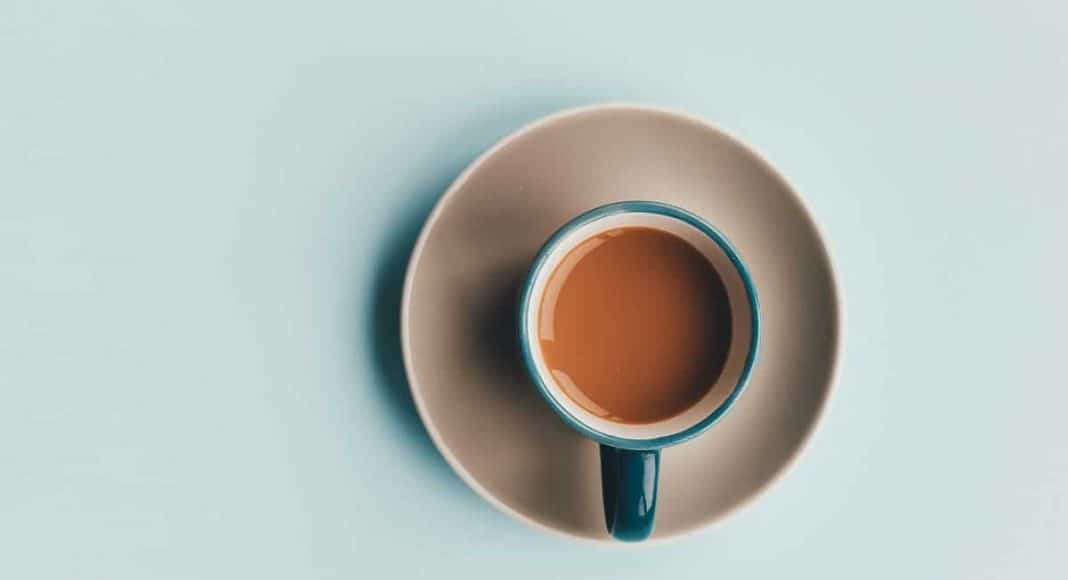Ordering coffee can take up a good portion of your day. By the time your drink is actually made, it’s almost time for another cup. There’s so many things to consider: coffee origin (Kenya, Costa Rica or Ethiopia?), milk preference (soy, whole, or nut?), syrups (simple, vanilla or mocha?) and size (short, tall or venti?). Not to mention hot, iced or blended. And you wonder why the line at Starbucks is so damn long. But how do you know your getting the healthiest cup of coffee you can?
Dr. Bob Arnot is here to the rescue.
-
Related Story: Good Morning! Here Are 5 Amazing Cannabis Coffee Products
He’s written a book, The Coffee Lover’s Diet, in which he examines all of those confusing studies on coffee and its effects on our health. Not to mention, he and his team performed more than 40 studies to reach their own conclusion as to which beans and best.
Dr. Arnot emphasizes that the most important part of our coffee ritual is the level of polyphenols, the anti-inflammatory, antioxidant-rich micronutrients that are also found in wine and green tea (and why there are so many studies that boast the positive effects of drinking both).
Well + Good dug a bit deeper into the book to give us the five tips Dr. Arnot shares to ensure we’re getting the best cuppa in the morning.
1. Know Where Your Beans Come From
“The best regions are at high altitudes, have rich, volcanic soil, and are close to the equator,” says Dr. Arnot. “When you think about it, this is true for most plants, not just coffee beans. Vegetables and fruit grown in rich, nutrient-dense soil are going to be better for you.”
https://www.instagram.com/p/BTPmickDW6N
2. Choose A Light Roast
Dr. Arnot says it’s a myth that darker roasts have more caffeine. “We roasted beans in five degree elements and found the lightest ones were the highest in polyphenols.” He says dark roasts are a good way for coffee makers to cover their errors. “A lot of Americans think burnt coffee is just the way coffee tastes.”
https://www.instagram.com/p/BW_WySpBHQ6
3. Don’t Get Distracted By The Brew Method
While alternative Mr. Coffee methods are great, don’t get caught up in the difference between pour-over, Chemex, Aeropress, and all that other stuff. Yes, it’s fun but, “Don’t let fancy terms distract you from where the coffee beans are coming from.”
Well + Good points out that Dr. Arnot prefers to brew his coffee the Turkish way, which involves grinding the beans until they’re a very fine powder, resulting in the most polyphenols.
https://www.instagram.com/p/BW-9aPfApEG
4. Quality Over Quantity
More caffeine doesn’t necessarily mean better. Says Dr. Arnot, “For some people, caffeine can make them jittery, anxious, or keep them up at night. It’s important to pay attention to your body to see how much makes you feel your best.”
-
Related Story: 9 Super-Strange Coffee Drinks That Are Just Confusing
He says there are amazing decafs that still have high levels of polyphenols.
https://www.instagram.com/p/BUW2EiUATgH
5. Don’t Dilute It
Sugars and creamers are all fine and good, but the more stuff you add, the lower the amount of polyphenols. Dr. Arnot says, “If you have an amazing light roast, the taste will be so complex you don’t need any add-ins. It’s just so good the way it is.”
https://www.instagram.com/p/BW85TjNgfk8/


